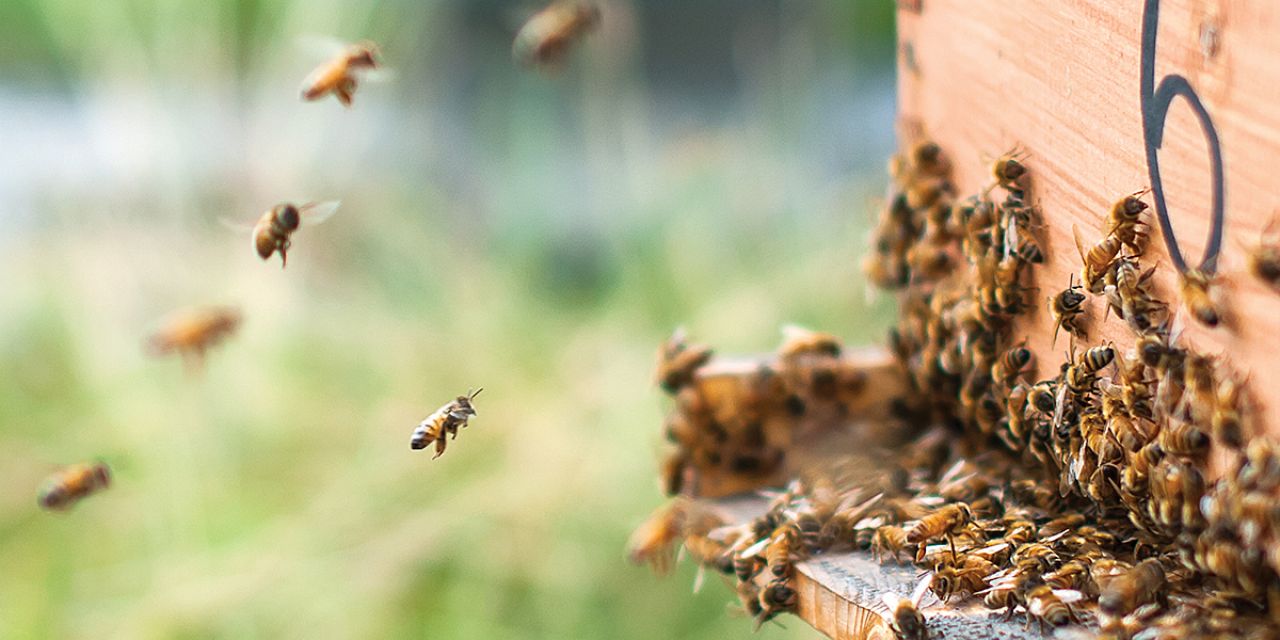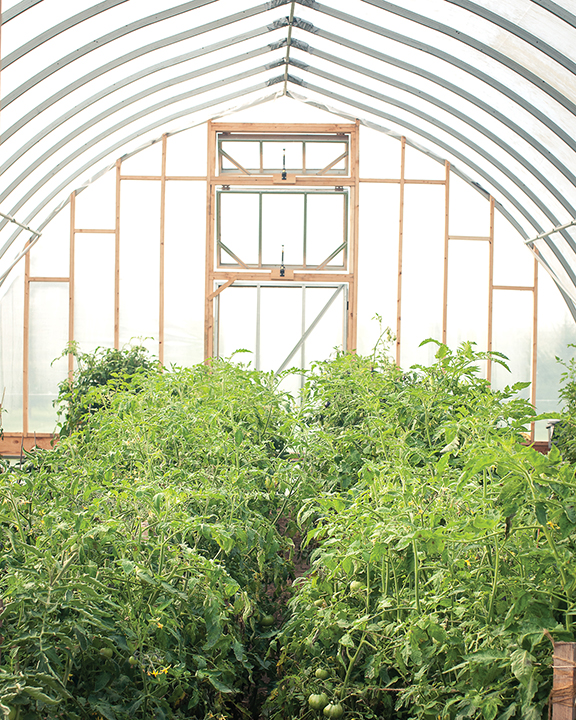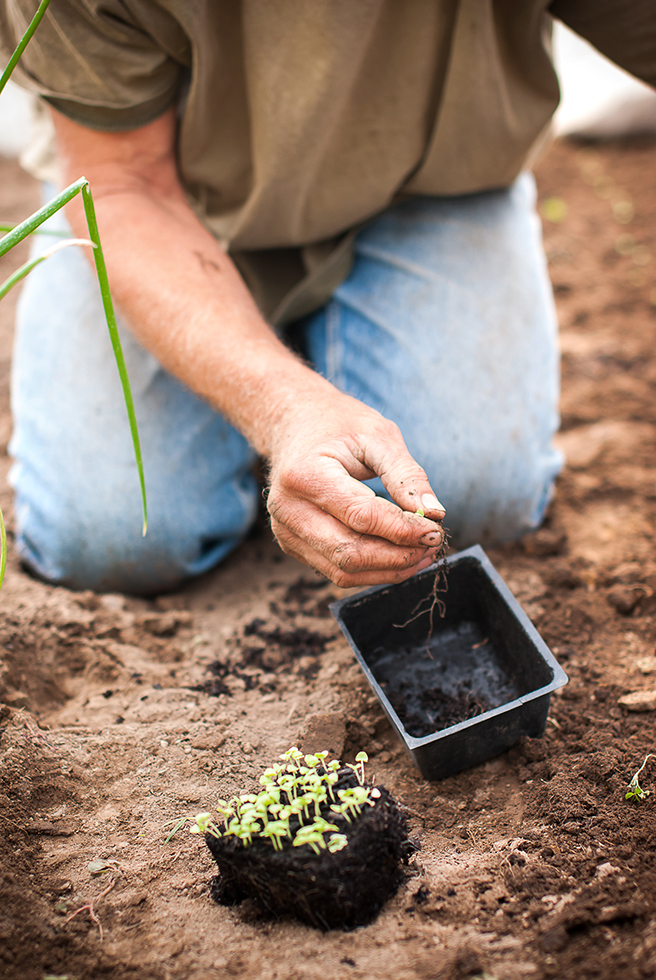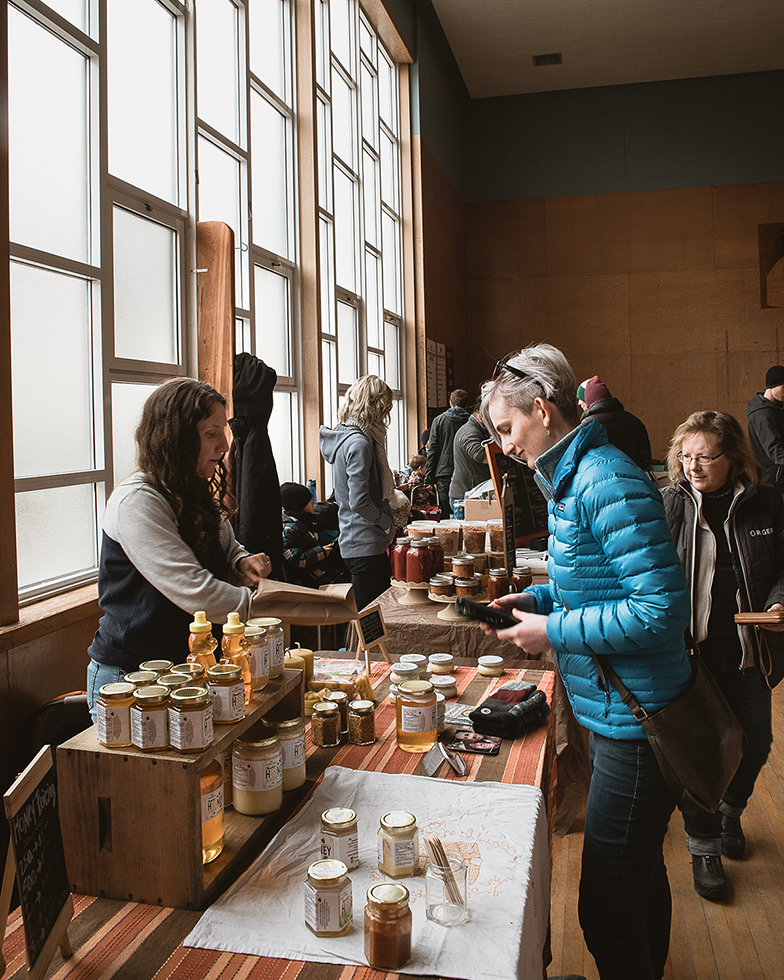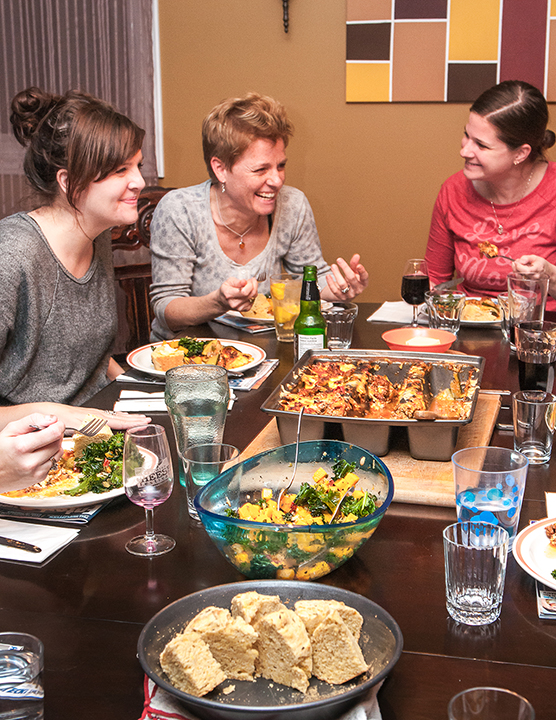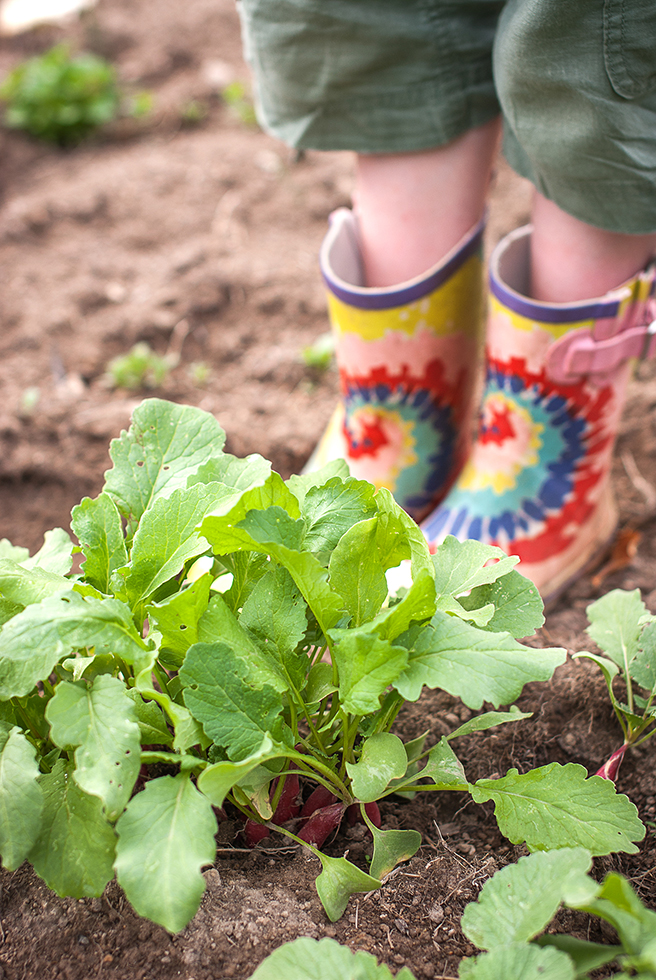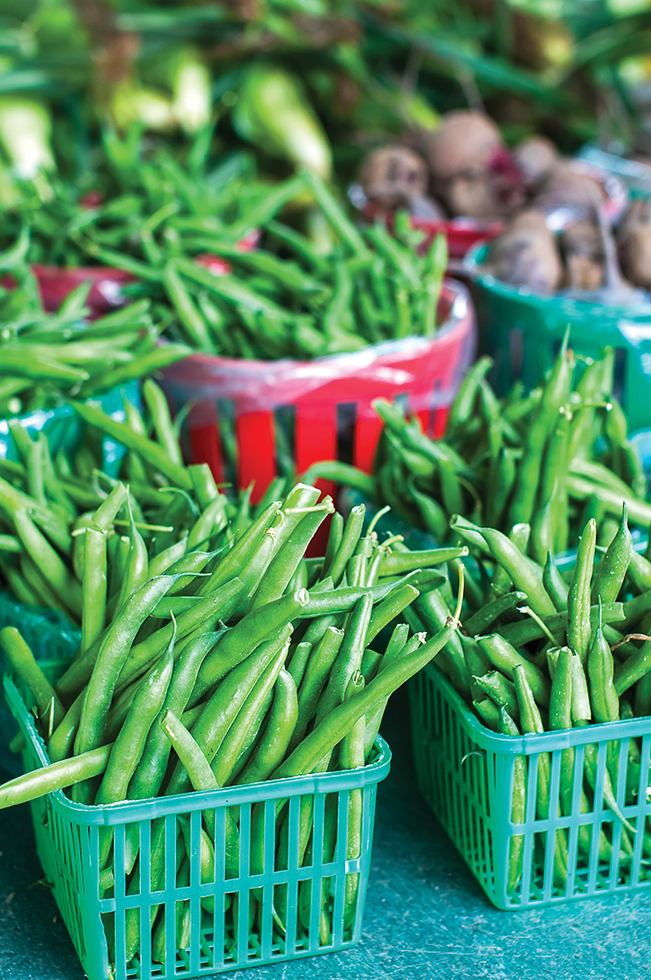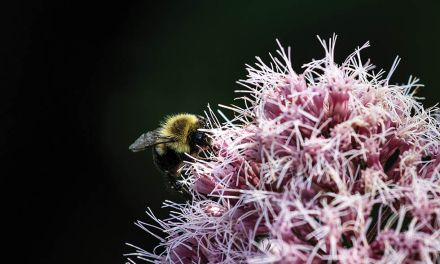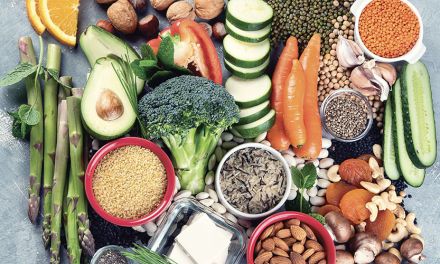Spring is a time of renewal and growth. As the sun peaks its head out and warm winds envelope us, our thoughts turn to planning gardens and thinking ahead to the bounty of summer. We daydream about that first salad of tender greens, the impossibly sweet and satisfying burst of a cherry tomato plucked straight from the garden still warm from the afternoon sun, and of eating alfresco with dishes laden with fresh ingredients from the farmers’ market.
WORDS & PHOTOS by HEATHER GOLDSWORTHY
For the past few decades, as our understanding of how food impacts our health, and the economic and environmental benefits of strong, local food systems has evolved, many of us are looking for opportunities to eat more mindfully and healthfully. One of the other factors fueling the local food movement is the desire for connection—to our food sources, the people growing our food, and to each other. We are fortunate to live in an area where we simply need to look around us to find inspiration on ways to do that.
Community gardens are becoming more prevalent throughout the area, and beyond the therapeutic benefit of having a small plot in which to get your hands dirty, the shared garden spaces offer opportunities to meet other community members, learn from each other and share your bounties. Some gardens are delivering surplus produce to local shelters and food banks thereby reducing waste and supporting others in the community.
Neighbours are coming together to share growing spaces amongst a few families, front lawns are being replaced by raised garden beds and backyard chickens and beehives are gaining popularity. For newbies and seasoned home gardeners alike, the Community Seed Library at the Collingwood Library allows community members access to organic, heirloom seeds as well as educational materials and workshops to get them started. While the increased access to healthy food is a clear incentive the social benefits are of equal importance with folks using food gardens as an opportunity to come together with their neighbors to grow, share, cook and eat together.
Many of our schools now have gardens or greenhouses providing students with fresh ingredients while engaging the students in learning about how food grows and inspiring healthy choices. The innovative use of soilless aeroponic tower gardens in schools, workplaces and community centres has opened the door for year-round growing and the greening of indoor spaces with nourishing plants.
Walking down the streets of Collingwood you will see creative use of paved spaces with raised-bed food gardens on sidewalks and a pop-up garden of Caja growing containers temporarily occupying a vacant lot slated for future development. These gardens are shared by and tended to by community members with the idea that anyone can stop by and try some of the food with the hope of sparking conversation and ideas on how to include more local food in our communities.
If you’re like me and have no green thumb, supporting local farmers and producers has never been easier. We are fortunate in this area to have an abundance of farm gate markets stocked with fresh ingredients and every town now has a weekly farmers’ market overflowing with local fare. A few of our local farms offer CSA’s (Community Shared Agriculture)– weekly shares of the farm’s crop paid for at the beginning of the season providing farmers with the upfront capital they need for the growing season. Membership not only provides the benefit of fresh, healthy food but the chance to connect directly with the farmer so you know exactly how your food is grown. The beauty is that many of the farms that offer CSA’s are at our local farmers’ markets so you have the chance to talk to them about their farming techniques, try their produce and find the CSA that is right for you. A complete directory of CSA’s in Ontario along with some helpful tips about how to choose the CSA program that is right for you can be found at csafarms.ca.
It’s not just the farmer and consumer who are building relationships. We are spoiled by the number of world-class restaurants in our area with passionate chefs and restaurateurs committed to including locally sourced food on their menus. A few chefs in the area are growing their own herbs and sprouts right at the restaurants and others bring in fresh veggies and herbs from off-site plots. In response to the demand, farms like Roy’L Acres are working directly with chefs and planting customized gardens suited for their menus. This inventive approach allows chefs to come visit the farm and be involved with the process while also supporting numerous growers in the region.
The more connected we are to our food sources the more empowered we become. Local organizations and community groups are looking to food-based programing as an opportunity for reducing social isolation, creating employment opportunities and addressing food insecurity. Huronia Transition Homes in Midland recently launched Operation Grow, a vertical farming facility, which assists the women the shelter supports by providing paid work, skills development and improved access to healthy food. The produce is sold at various markets around the area.
One of the things that makes this region quite special is the number and variety of opportunities for all of us to become involved in the local food community. From farmers markets, CSAs and community gardens to batch cooking sessions and community longtable dinners, the old adage that food brings people together has never been truer. |E|
Heather Goldsworthy is a freelance photographer based in Georgian Bay. Her work explores our food + beverage culture. Imageobscura.com

